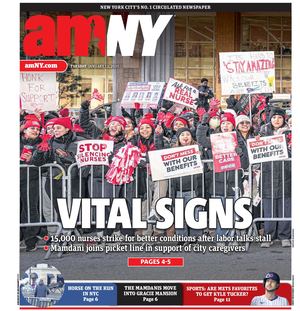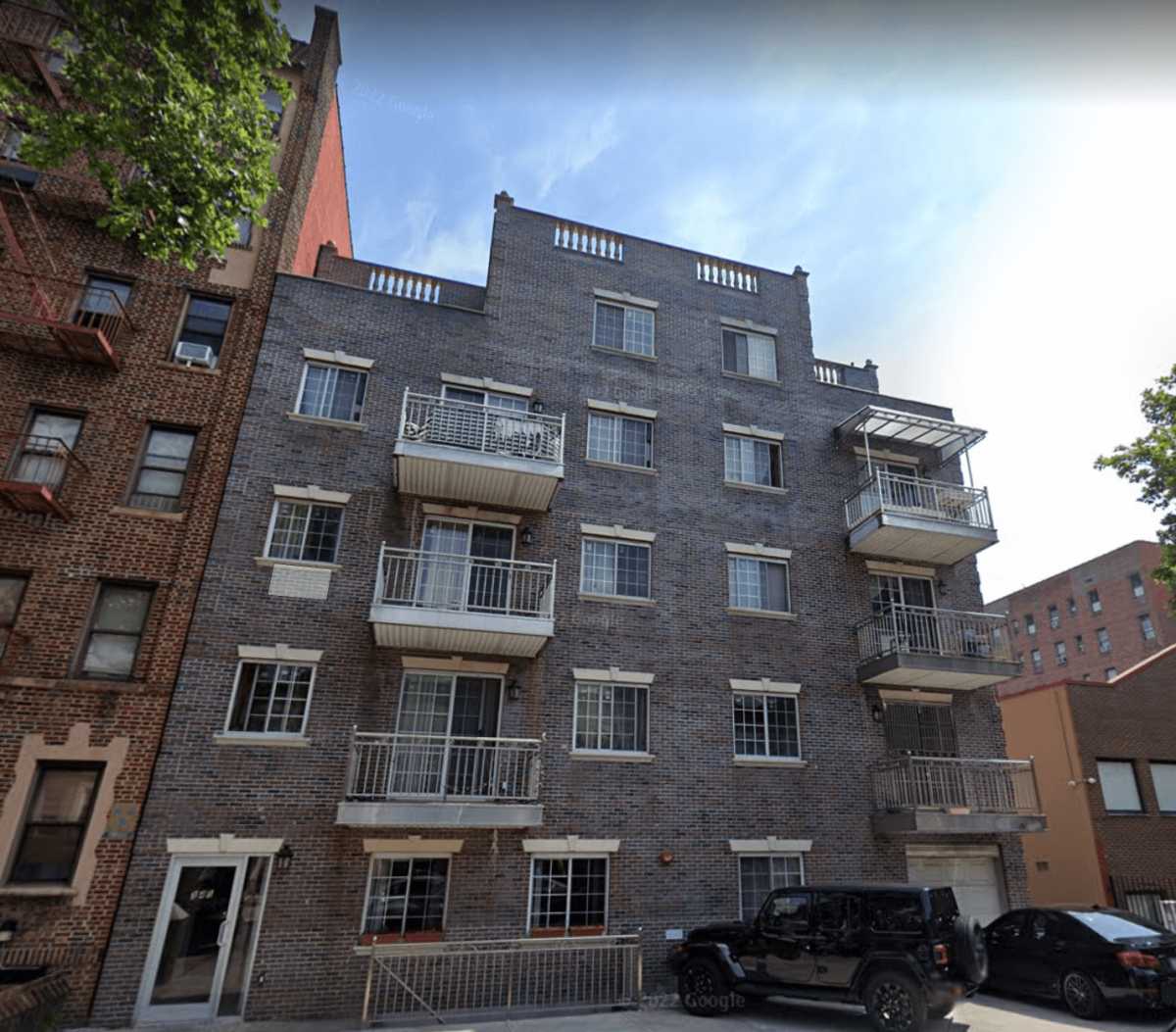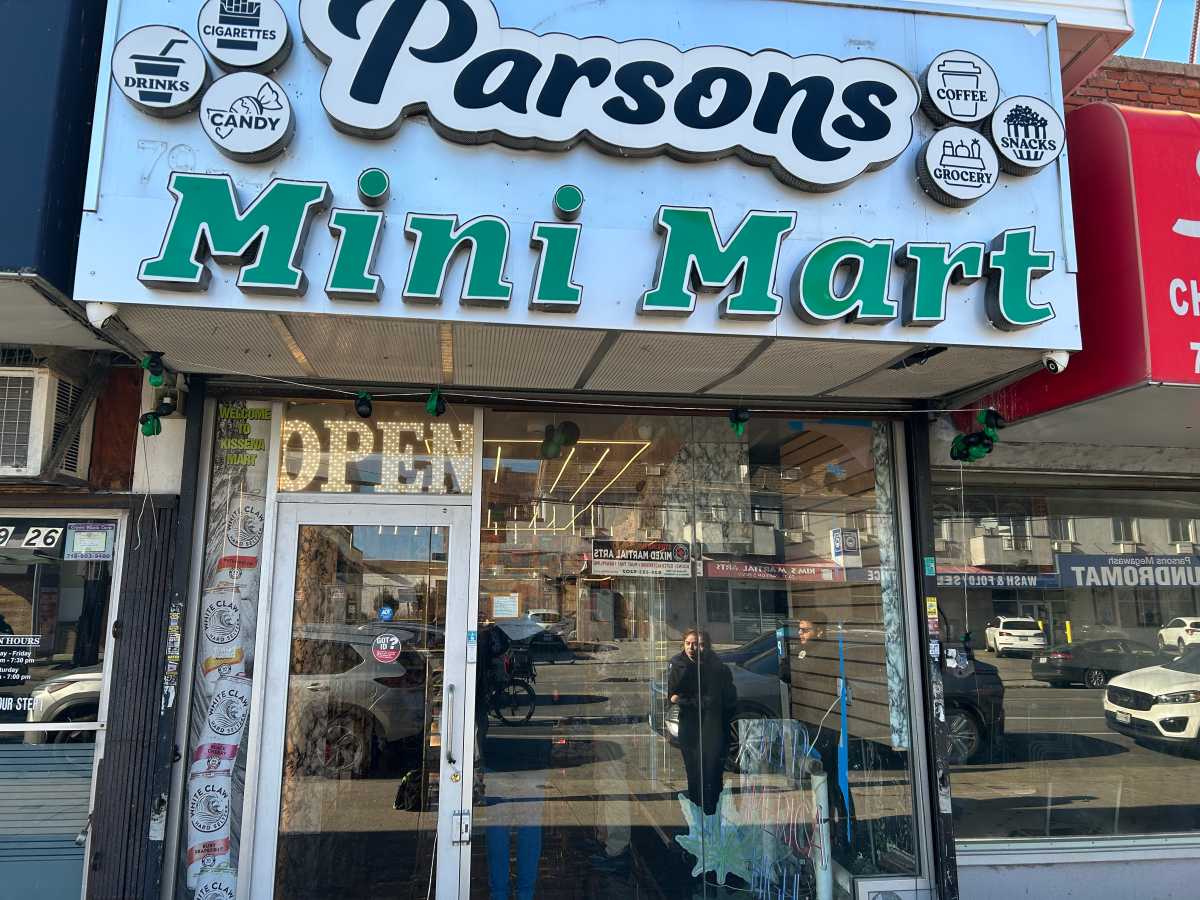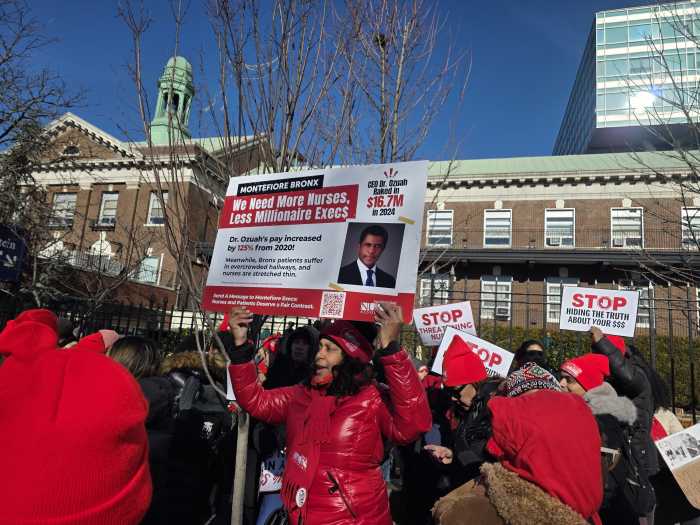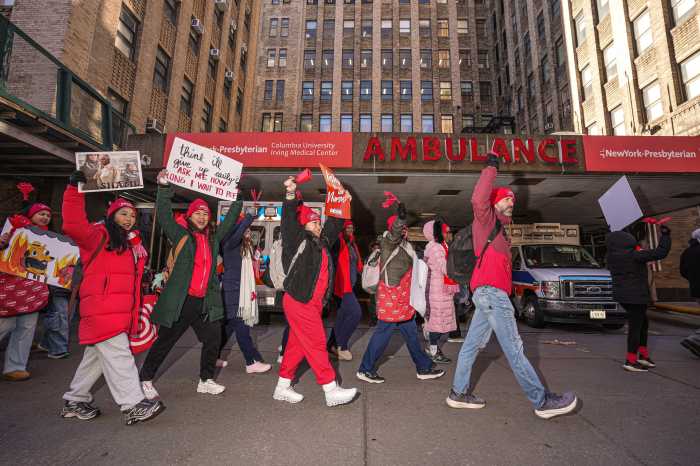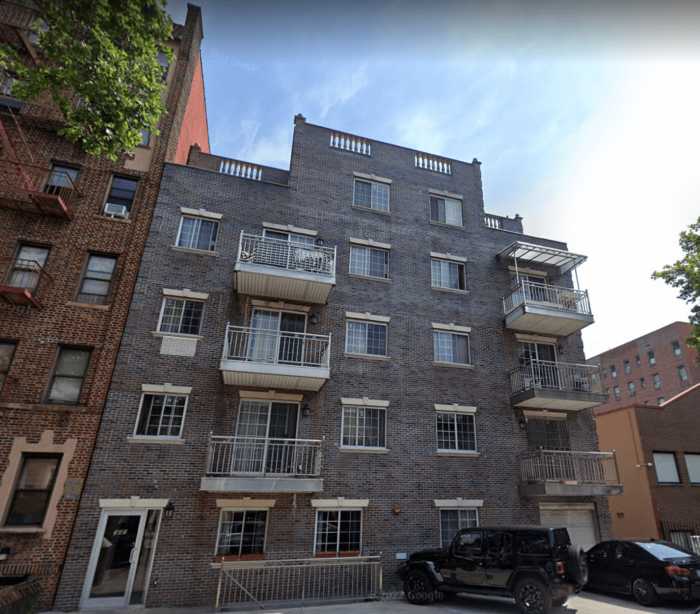By Patrick Hedlund
Feds move out
The F.D.I.C. is leaving the Financial District in a move that some say could endanger continued growth in Lower Manhattan.
Last year, the Federal Deposit Insurance Corp. made known its intent to relocate its headquarters at 20 Exchange Pl. to Midtown, excluding Downtown from its search. On July 1, the F.D.I.C. inked a 10-year lease for 100,000 square feet inside the iconic Empire State Building on 34th St.—earning the ire of politicians who had hoped the government corporation would have a change of heart.
Assembly Speaker Sheldon Silver reportedly deemed the deal a “slap in the face,” and U.S. Rep. Jerrold Nadler, State Sen. Daniel Squadron and the Downtown Alliance had all previously urged the F.D.I.C. to reconsider its move.
“I am disappointed that the F.D.I.C. has chosen to turn its back on Lower Manhattan at this time of crisis in the financial services industry and the nation’s economy,” Squadron said. “I am confident that the neighborhood will remain the center of world finance, and I hope that other institutions will stake their claim in the incredible future of Lower Manhattan.”
The F.D.I.C. had the option to renew its lease at 20 Exchange Pl. for another five years but decided not to do so because the owner is converting the building to residential units.
Downtown’s freelance ‘hive’
As part of a collection of initiatives aimed at strengthening the media industry in New York, Mayor Michael Bloomberg announced recently that city will be partnering with the Downtown Alliance to launch a center for freelancers at 55 Broad St., a Silicon Alley hub during the dot-com boom.
The center, called the Hive@55, will provide 5,000 square feet of workspace for 50 freelancers at a time, giving them access to services such as contract editing, news feeds and conference space.
The Alliance will lease and fit out the workspace, and the city’s Economic Development Corporation will provide a $100,000 grant to assist with startup costs.
“New York City has a wealth of independent media and tech talent that will benefit from access to resources that otherwise may have been prohibitively expensive or inaccessible,” said new Huffington Post C.E.O. Eric Hippeau, in a statement. “By creating new ‘freelancer hives’ targeted to specific sub-sectors within the industry, the city has created an environment where that community will have an opportunity to thrive, in spite of the difficult economic climate.”
Office ‘equilibrium’
Despite office vacancy rates reaching a 15-year high in Midtown, Downtown saw the smallest increases in available space of any market across Manhattan, according to a midyear report from Jones Lang LaSalle.
Lower Manhattan vacancy rates increased to 10.8 percent by mid-2009, a gain of 5 percent from the overall rate of 10.3 percent posted in the first quarter of the year. Available Class A office space reached 8.8 percent at midyear — a 7.5 percent jump from the first quarter, when the vacancy rate sat at 8.2 percent. Class B space currently has a 14.3 percent vacancy rate, marking a 2.5 percent increase from the 14 percent rate at the beginning of 2009.
“Downtown is clinging to a vacancy rate much lower than would be expected, with the Class A vacancy rate remaining technically within equilibrium,” said James Delmonte, vice president and director of research for J.L.L. “Over the next 12 months, however, that rate could double as Downtown’s largest firms are expected to shed unneeded space.”
In Midtown, Class A vacancies reached 15 percent at midyear while Class B vacancies rose to 13.2 percent — an increase of more than 12 percent on average for the two property types.
Average asking rents Downtown stood at $46.21 per square foot for Class A space and $37.21 for Class B space as of midyear—a decrease of 4.2 percent and 3.5 percent, respectively.
Apt. prices falling
The average sales price of Downtown apartments tumbled over the last year despite some neighborhoods showing signs of life, according to a second-quarter report on citywide homes sales by the Real Estate Board of New York.
The Financial District felt the largest decreases, with the average price of all condo and co-op units in the neighborhood dropping by 21 percent — from $1.085 million in the second quarter of 2008 to $858,000 currently. FiDi’s co-op market provide particularly volatile, plunging by 36 percent from $972,000 to $626,000 year over year.
Soho and the Lower East Side fared better overall, with Soho prices decreasing an average of 12 percent (from $2.587 million to $2.284 million) and the Lower East Side softening by 15 percent (from $959,000 to $815,000).
Tribeca, however, continued to buck the downward trend by showing gains, with the average price of apartments there increasing 10 percent over last year — from $2.389 million to $2.635 million.
Battery Park City experienced the greatest uptick of any Manhattan market — due almost exclusively to closings at the Albanese Organization’s new Visionaire high-rise — with average prices shooting up by 155 percent year over year, from $835,000 to $2.132 million.
From East to West, the Village averaged a 36 percent decrease in prices, including a 46 percent slip in Greenwich Village proper. Average prices across the borough dipped 19 percent year over year, from $1.548 million to $1.248 million.
mixeduse@communitymediallc.com
